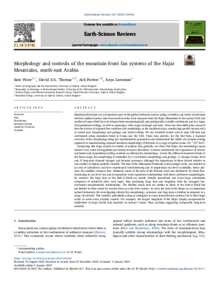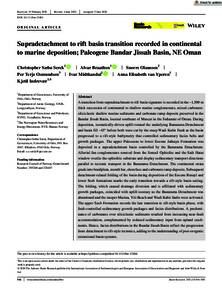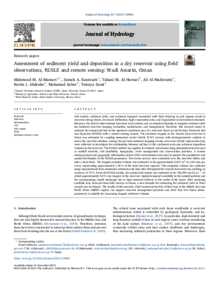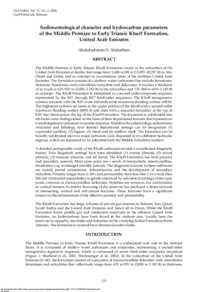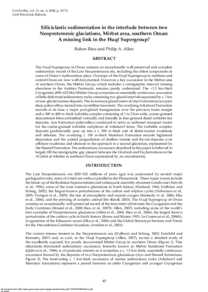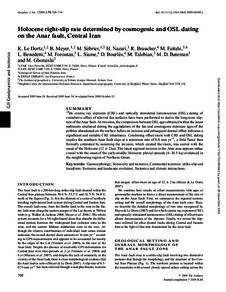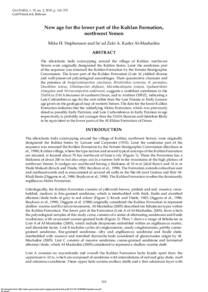وثيقة
Morphology and controls of the mountain-front fan systems of the Hajar mountains, south-east Arabia.
المعرف
DOI: 10.1016/j.earscirev.2023.104316
المصدر
Earth-Science Reviews. v. 237, 104316
المساهمون
الدولة
Netherlands.
مكان النشر
Amsterdam
الناشر
Elsevier B.V.
ميلادي
2023-02-01
اللغة
الأنجليزية
الملخص الإنجليزي
Mountain-front fans are an important part of the global sediment system, acting as buffers and stores of sediment between upland sources and down-system sinks. Fans emanate from the Hajar Mountains in the eastern UAE and northern Oman which have developed from morphologically and geologically variable catchments and in a range of depositional settings, as well as spanning a wide range of shapes and sizes. There has been little prior research into the drivers of regional fan evolution and morphology at the landform scale, considering specific factors such as source-area morphology and geology and distal settings. We use remotely sensed data to map 438 fans and catchments along mountain fronts in Oman and the UAE. These data provide, for the first time, a regional overview of fan morphology using key morphometric parameters and demonstrate the utility of a remote sensing approach to understanding regional landform morphology of features at a range of spatial scales (10−3-104 km2). Comparing this large dataset to studies of dryland fans globally, we show that Hajar fan morphology spans almost every order of magnitude previously recorded elsewhere. It shows statistically the importance of diverse catchment and depositional setting controls on alluvial fan morphology. Across the different mountain fronts of the Hajar range, fan morphology is controlled by 1) catchment morphology and geology, 2) changes in base level and 3) long-term climatic changes and tectonic processes, although the importance of these factors relative to one another is highly spatially variable. The fans of the Musandam Peninsula drain younger rocks, are situated in an area of subsidence and have experienced foreshortening due to Quaternary sea-level variability, hence produce the smallest, steepest fans. Similarly, many of the fans of the Batinah Coast are influenced by distal foreshortening by sea-level rise and demonstrate weak regression relationships with their catchment morphologies. By contrast, the large fans of the Rub'al Khali are mostly distally unconfined and drain large catchments composed of relatively older rock types, thus producing large fans and megafans with the strongest fan-catchment morphometric relationships. The Wahiba Sands fans are similar to those of the Rub'al Khali but are limited in their extent by erosion from an axial river system. As such, the fans of the Hajar are an important natural laboratory for investigating alluvial fan morphology, processes and long-term evolution in response to a range of controls. This includes potentially acting as analogues to extra-terrestrial fan systems due to their large scales in some areas dryland context. For example, the largest megafans of the Hajar display morphometric similarities to large fluvial fans reported on Saturn's moon, Titan, perhaps suggesting comparable long-term controls.
ISSN
0012-8252
قالب العنصر
مقالات الدوريات

